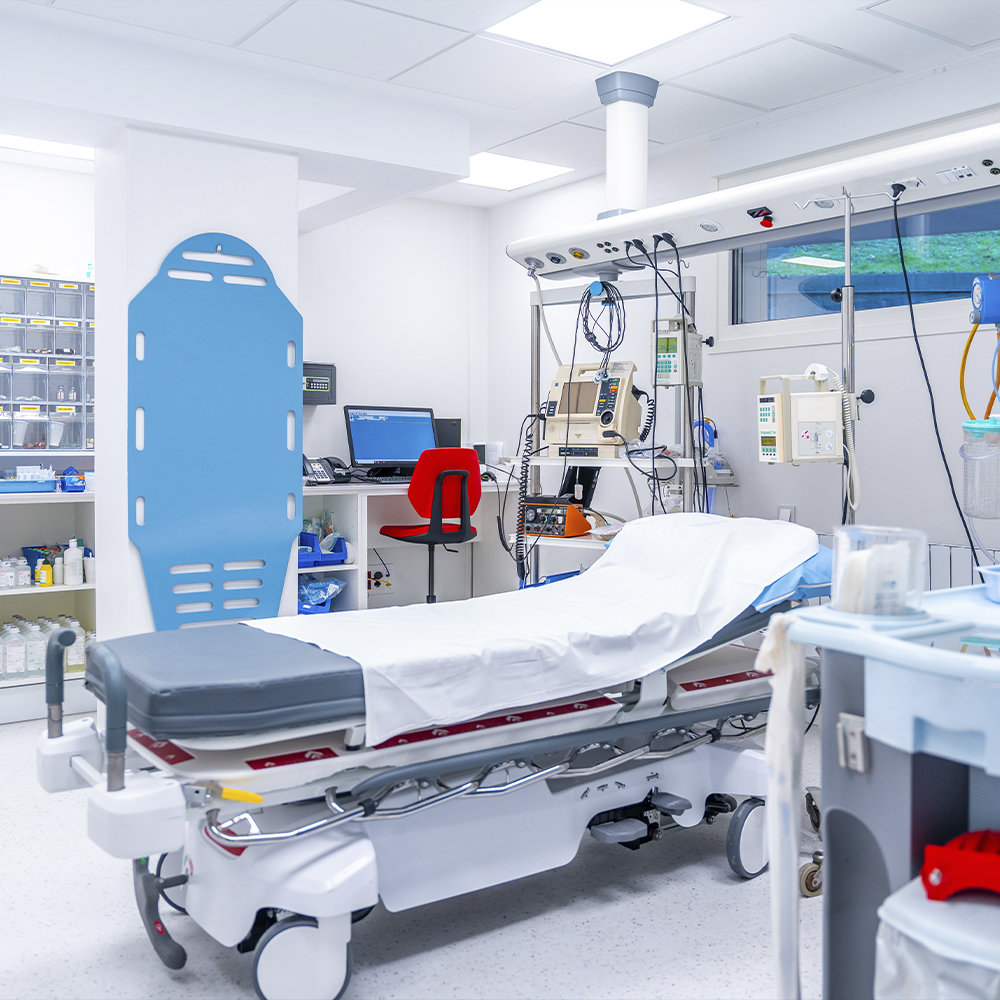
Technical skills are essential in healthcare, but they are only part of the equation. Effective communication and strong bedside manners are critical to ensuring positive patient outcomes and experiences. This article explores the importance of bedside manners and provides practical strategies for healthcare professionals to communicate more effectively with patients.
Building Trust Through Empathy
Empathy is the cornerstone of building trust with patients. When healthcare professionals demonstrate genuine concern and understanding, patients feel valued and more willing to share their concerns. Empathy can be shown through active listening, maintaining eye contact, and acknowledging the patient’s emotions. Simple gestures such as a warm smile or a reassuring touch can also go a long way in making patients feel at ease. By placing themselves in patients’ shoes, healthcare providers can better understand their fears and anxieties, fostering a more compassionate and supportive environment.
Clear and Compassionate Communication
Clear communication is vital in healthcare to ensure patients understand their conditions and treatment options. Medical jargon can be confusing and intimidating, so explaining medical terms in plain language is crucial. Healthcare professionals should take the time to break down complex information into understandable chunks, using analogies or visual aids if necessary. Encouraging patients to ask questions and providing thoughtful answers can help demystify their health concerns. Compassionate communication involves not only the words used but also the tone and body language, which should convey empathy and respect.
Respecting Patient Dignity and Privacy
Respecting patient dignity and privacy is fundamental to establishing trust and comfort. Healthcare professionals must uphold patient confidentiality and ensure that discussions about medical conditions are conducted privately. It’s essential to ask for consent before performing any procedures and explain each step. Healthcare providers should also be mindful of cultural differences and personal preferences, adapting their approach to meet each patient’s unique needs. Addressing patients by their preferred names and titles and maintaining their modesty during examinations are simple yet powerful ways to show respect.
Listening Actively and Responding Appropriately
Active listening is a critical component of effective communication. It involves fully concentrating on the patient’s words rather than just hearing them. Healthcare professionals should nod, make eye contact, and provide verbal affirmations to show they are engaged in the conversation. Reflecting on what the patient has said, summarizing their concerns, and asking follow-up questions can demonstrate their input is valued and understood. Responding appropriately to patient concerns involves providing clear, empathetic responses and addressing any fears or anxieties they may have.
Managing Difficult Conversations
Healthcare professionals often face the challenge of delivering bad news or discussing sensitive topics with patients. Approaching these conversations with sensitivity and professionalism is crucial. It’s essential to be honest and transparent while also being compassionate. A quiet, private discussion setting can help patients feel more comfortable. Allowing patients to express their emotions and offering support or counseling services can also be beneficial. Healthcare providers should remain calm, patient, and empathetic, even in difficult or emotional reactions.
Continuing Education and Improvement
Improving bedside manners is an ongoing process that requires commitment and dedication. Healthcare professionals should seek training programs focusing on communication skills, empathy, and cultural competence. Encouraging feedback from patients and colleagues can provide valuable insights into areas for improvement. Reflecting on patient interactions and learning from experiences can also contribute to personal and professional growth. By continuously striving to improve their communication skills, healthcare providers can enhance their quality of care.
Effective communication and strong bedside manners are essential components of high-quality healthcare. By building trust through empathy, communicating clearly and compassionately, respecting patient dignity and privacy, listening actively, and managing difficult conversations with sensitivity, healthcare professionals can significantly improve patient experiences and outcomes. Continuous education and a commitment to improvement are crucial to mastering these skills. Ultimately, prioritizing bedside manners benefits patients and enriches healthcare providers’ professional lives, fostering a more compassionate and effective healthcare environment.